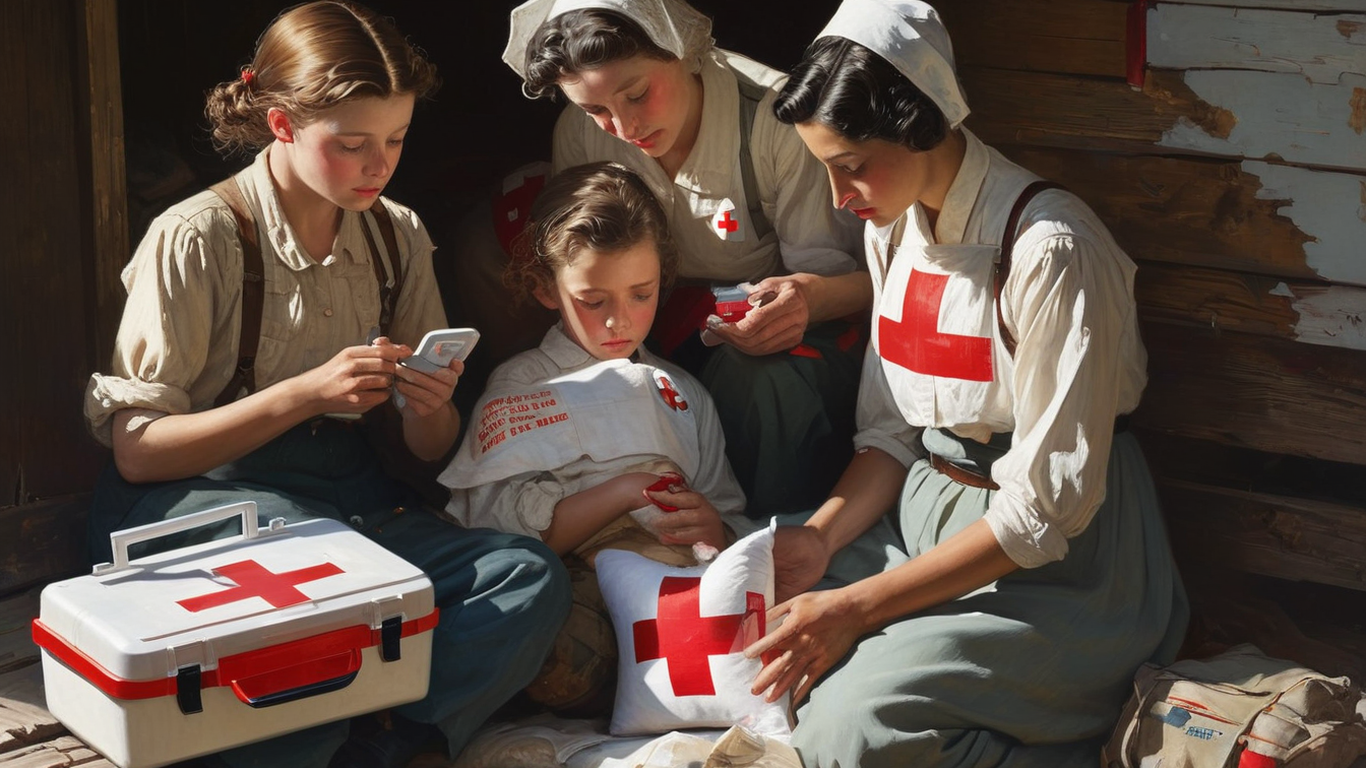In any survival or emergency situation, your health and safety are paramount. Whether you’re hiking in the wilderness, preparing for natural disasters, or just getting through everyday life, accidents can happen when least expected. That’s why having a fully stocked first aid kit is one of the most important investments you can make for your health and preparedness. Here's why it's crucial to have a first aid kit on hand at all times.
1. Quick Response to Injuries
Accidents happen fast, and when they do, having a first aid kit within arm’s reach can be the difference between minor injuries and major complications. A well-stocked kit allows you to address wounds, burns, sprains, and other common injuries immediately, reducing the risk of infection and other serious complications. Having the tools to stop bleeding, disinfect wounds, and manage pain is essential, especially in remote areas where medical help may not be immediately available.
2. First Aid for Common Illnesses and Medical Emergencies
While injuries are a top concern, medical emergencies can also arise due to illnesses, allergic reactions, or sudden conditions like fainting or seizures. A first aid kit can include medications such as aspirin, antihistamines, and even an EpiPen for severe allergic reactions. By being prepared for common medical emergencies, you can stabilize a situation until professional medical help arrives.
3. Essential for Outdoor Adventures
If you’re an outdoor enthusiast—whether you're camping, hiking, or exploring new terrains—you know that outdoor activities come with risks. A first aid kit is a must-have for dealing with everything from insect bites and stings to sprained ankles and dehydration. With a portable first aid kit, you’re prepared for anything that nature throws your way.
4. Peace of Mind in Emergencies
Knowing that you have the tools to manage a health emergency gives you confidence in unpredictable situations. Whether you’re at home, on the road, or in the wilderness, having a first aid kit ensures you can handle health-related issues promptly and effectively. It’s not just about responding to accidents; it’s about preparing yourself for any potential emergency.
5. Stocking Your First Aid Kit
A basic first aid kit should include items like:
- Bandages for cuts, blisters, and abrasions
- Antiseptic wipes and ointments to clean and protect wounds
- Pain relievers such as aspirin or ibuprofen
- Tweezers for splinters or insect stings
- Medical tape and gauze for dressing wounds
- Elastic bandage (such as an ACE bandage) for sprains or strains
- Thermometers for checking fever
- Gloves for protection when providing first aid
Additionally, for more specialized needs, consider adding items like an EpiPen for allergies, burn gel for skin protection, or CPR face shields.
6. Convenience and Portability
First aid kits are designed to be compact, portable, and easy to use in stressful situations. They come in various sizes and designs to fit your needs, whether you’re looking for a compact version to carry in your backpack or a larger kit for your car or home. Being able to quickly access necessary supplies can make all the difference during an emergency.
Final Thoughts
Emergencies can happen at any time and in any place, which is why being prepared with a first aid kit is essential for everyone. At Always Be Ready USA, we offer a wide range of first aid kits, from compact kits for outdoor adventures to comprehensive medical kits for home and auto use. Equip yourself with the tools to handle injuries and medical emergencies, and stay safe in any situation.


